
Well, it is the middle of the work week and we are still working our way through the frog species. I think all of you will enjoy today’s frog species. Not only will they add colour to your day but I think you will be pleasantly entertained by the Malagasy Rainbow Frog. So keep on reading to find out all the interesting little facts about this colourful and popular frog.
You may have noticed that the Rainbow Frog is a very attractive amphibian due to its magnificent colours. As a result of their good looks, they have become very popular among the pet industry. Who wouldn’t want a frog that looks like a rainbow, right? Hmmm… I wonder if there is a pot of gold at the end of the Rainbow Frog? These frogs are so special that the Zoological Society of London said they were “among the rarest and most remarkable amphibians”. Now that is quite the compliment so you should be proud little Rainbow Frog.
What makes them so remarkable? You mean besides their beautifully decorated skin? Personally, I find it interesting that this frog is well adapted for burrowing and climbing. They are able to succeed at both ends of that spectrum, which impresses me. The Malagasy Rainbow Frog has special horny tubercles (they look like warts) on the bottom of their hind feet. This helps them be the master diggers that are. On the other hand (or foot, I guess) they have large, sticky discs on their front feet. Naturally, this allows them to climb and cling to the steepest of the canyon walls. Oddly enough, this frog can climb and dig exceptionally well, but they are not very strong swimmers. You would think a frog would be pretty good at swimming, right?
Unfortunately, if you are hoping to catch a glimpse of these species you will need to go to a small area in southwestern Madagascar. It is thought that their extent is limited to a mere 100 square kilometers. Basically, the entire population of these frogs are found in one small area (not counting your terrarium). As a result they are listed as Critically Endangered and it appears that their population is decreasing due to habitat degradation and over-collecting by pet owners. I guess we had better hurry if we want to observe these creatures in the wild.
Well, there are only two more Wild Frog Facts left. I guarantee you will enjoy the next two frogs so make sure you check them out. See you tomorrow.


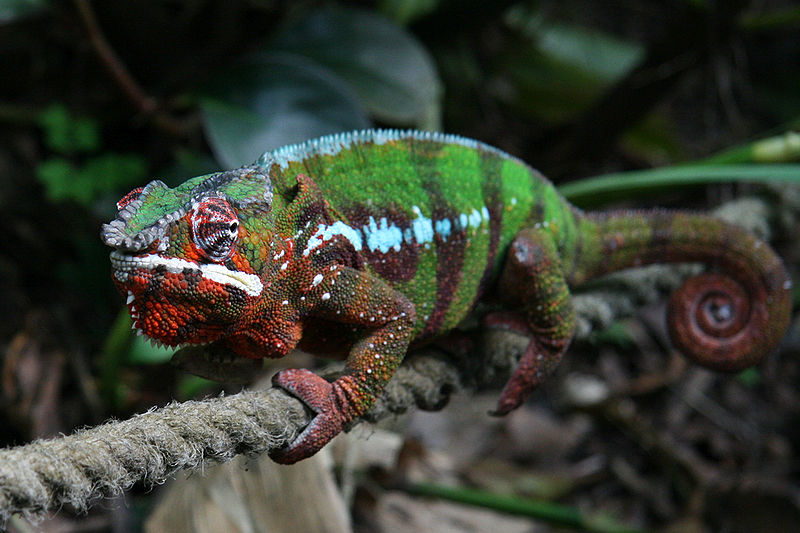
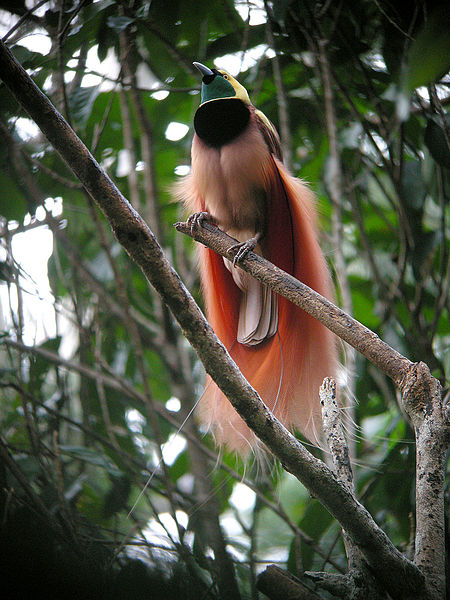
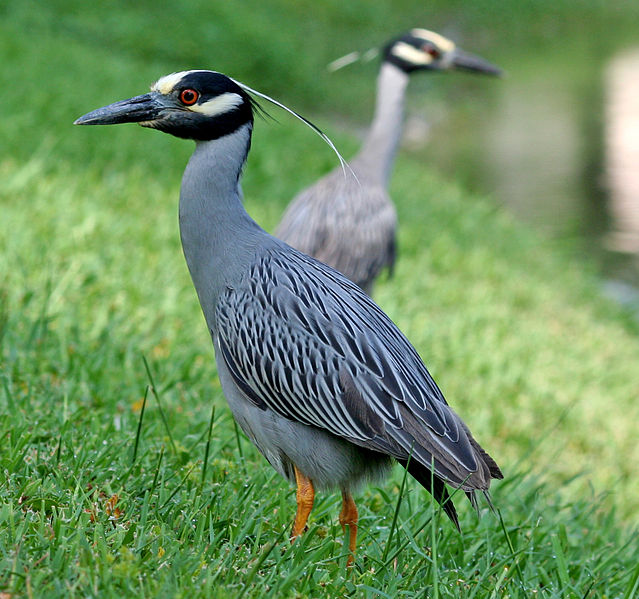
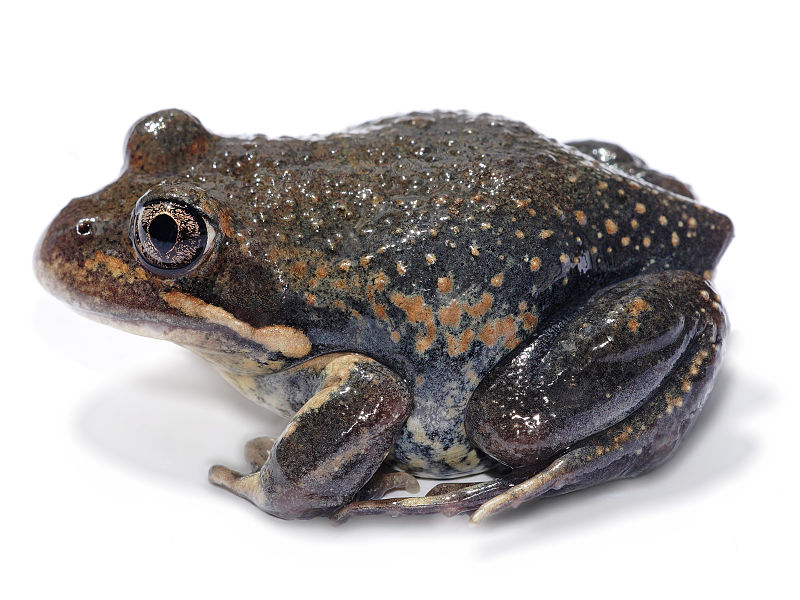
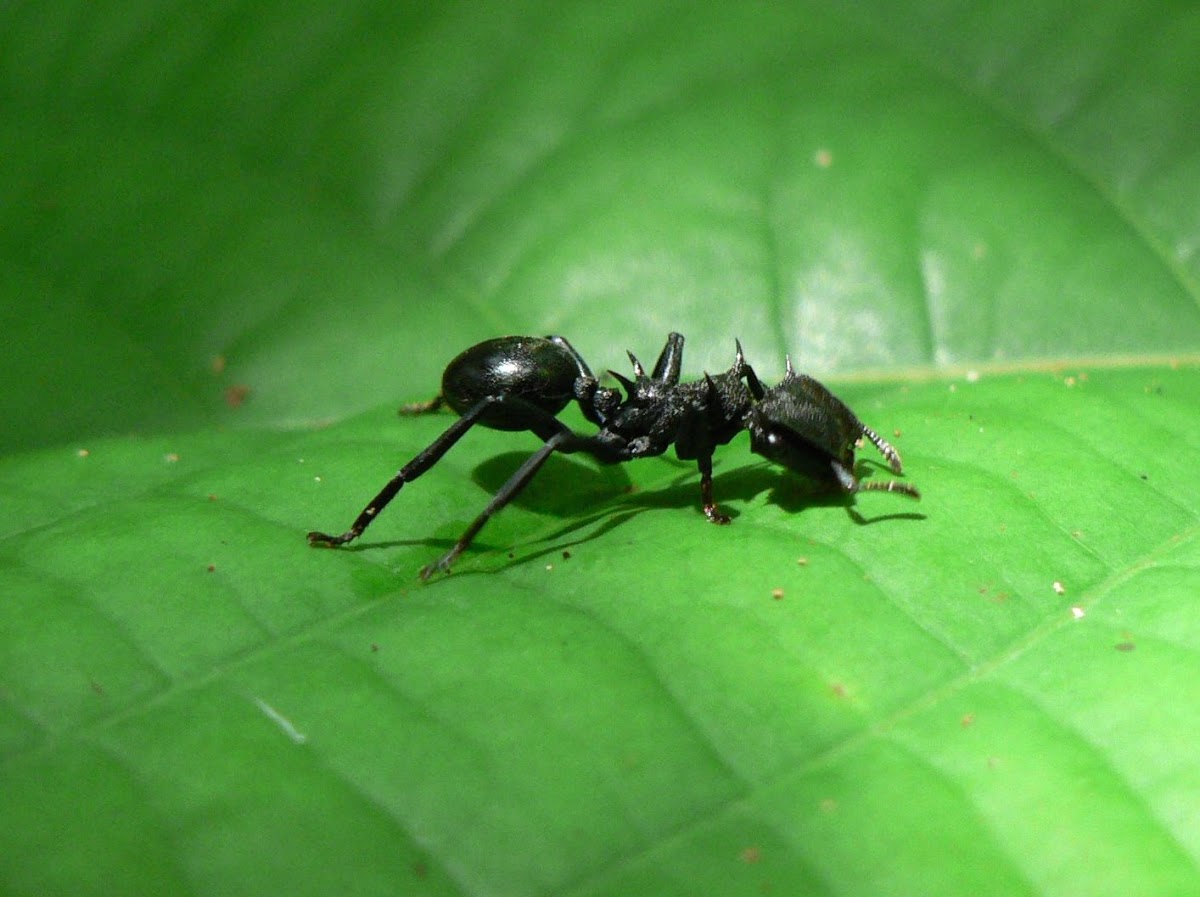
I really like frogs and these have been delightful!
Glad you enjoyed the Wild Frog Facts, Grace.
I find frogs to be pretty interesting little creatures so it was a lot of fun writing about them last week.
i love rain bow frogs